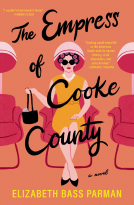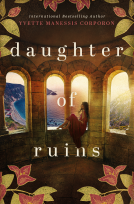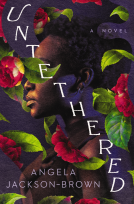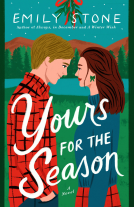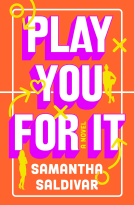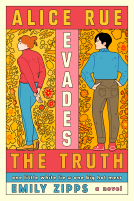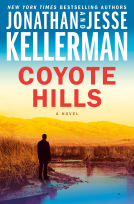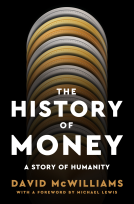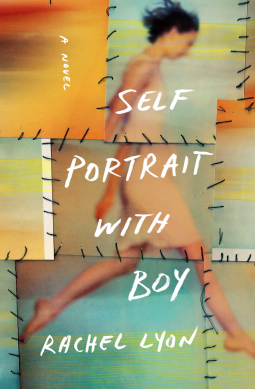
Self-Portrait with Boy
A Novel
by Rachel Lyon
This title was previously available on NetGalley and is now archived.
Buy on Amazon
Buy on BN.com
Buy on Bookshop.org
*This page contains affiliate links, so we may earn a small commission when you make a purchase through links on our site at no additional cost to you.
Send NetGalley books directly to your Kindle or Kindle app
1
To read on a Kindle or Kindle app, please add kindle@netgalley.com as an approved email address to receive files in your Amazon account. Click here for step-by-step instructions.
2
Also find your Kindle email address within your Amazon account, and enter it here.
Pub Date Feb 06 2018 | Archive Date Feb 06 2018
Description
Longlisted for the Center for Fiction First Novel Prize
A compulsively readable and electrifying debut about an ambitious young female artist who accidentally photographs a boy falling to his death—an image that could jumpstart her career, but would also devastate her most intimate friendship.
Lu Rile is a relentlessly focused young photographer struggling to make ends meet. Working three jobs, responsible for her aging father, and worrying that the crumbling warehouse she lives in is being sold to developers, she is at a point of desperation. One day, in the background of a self-portrait, Lu accidentally captures on film a boy falling past her window to his death. The photograph turns out to be startlingly gorgeous, the best work of art she’s ever made. It’s an image that could change her life…if she lets it.
But the decision to show the photograph is not easy. The boy is her neighbors’ son, and the tragedy brings all the building’s residents together. It especially unites Lu with his beautiful grieving mother, Kate. As the two forge an intense bond based on sympathy, loneliness, and budding attraction, Lu feels increasingly unsettled and guilty, torn between equally fierce desires: to use the photograph to advance her career, and to protect a woman she has come to love.
Set in early 90s Brooklyn on the brink of gentrification, Self-Portrait with Boy is a provocative commentary about the emotional dues that must be paid on the road to success, a powerful exploration of the complex terrain of female friendship, and a brilliant debut from novelist Rachel Lyon.
A compulsively readable and electrifying debut about an ambitious young female artist who accidentally photographs a boy falling to his death—an image that could jumpstart her career, but would also devastate her most intimate friendship.
Lu Rile is a relentlessly focused young photographer struggling to make ends meet. Working three jobs, responsible for her aging father, and worrying that the crumbling warehouse she lives in is being sold to developers, she is at a point of desperation. One day, in the background of a self-portrait, Lu accidentally captures on film a boy falling past her window to his death. The photograph turns out to be startlingly gorgeous, the best work of art she’s ever made. It’s an image that could change her life…if she lets it.
But the decision to show the photograph is not easy. The boy is her neighbors’ son, and the tragedy brings all the building’s residents together. It especially unites Lu with his beautiful grieving mother, Kate. As the two forge an intense bond based on sympathy, loneliness, and budding attraction, Lu feels increasingly unsettled and guilty, torn between equally fierce desires: to use the photograph to advance her career, and to protect a woman she has come to love.
Set in early 90s Brooklyn on the brink of gentrification, Self-Portrait with Boy is a provocative commentary about the emotional dues that must be paid on the road to success, a powerful exploration of the complex terrain of female friendship, and a brilliant debut from novelist Rachel Lyon.
Available Editions
| EDITION | Other Format |
| ISBN | 9781501169588 |
| PRICE | $26.00 (USD) |
| PAGES | 384 |
Average rating from 23 members
Readers who liked this book also liked:
Daughter of Ruins
Yvette Manessis Corporon
General Fiction (Adult), Historical Fiction, Women's Fiction
Yvette Manessis Corporon
General Fiction (Adult), Historical Fiction, Women's Fiction

